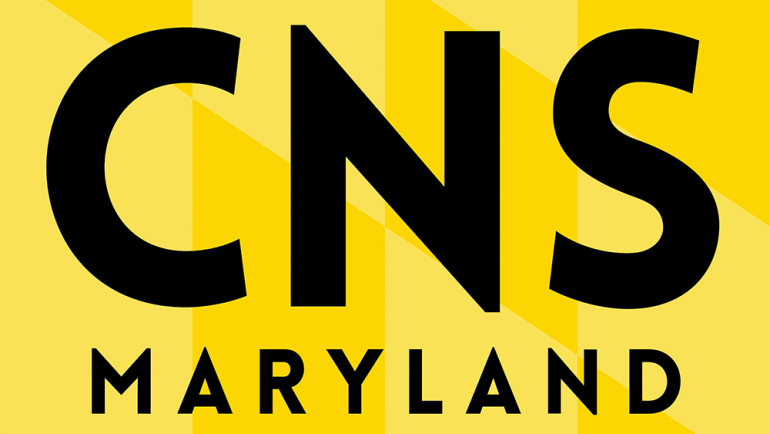ANNAPOLIS – Harford County will be the next Maryland stop in the campaign against the use of American Indian symbols as school mascots, according to county education officials and Native American groups.
The Harford County debate is prompted by the movement’s recent success in Montgomery County, where the Board of Education last month ordered Poolesville High School to discontinue its “Indians” nickname and mascot because it was found discriminatory under the county’s existing human relations policy.
Harford has been targeted because of its cooperation with a June state Board of Education decision urging schools to consider changing offensive nicknames.
“They’re all targeted, but Harford County has been the only school system outside of Montgomery County who has communicated to us that they have an interest in putting together a proposal,” said Richard Regan, a commissioner on the Maryland Commission for Indian Affairs.
All Havre de Grace’s schools have Indian sobriquets, but students and community members say they are meant to honor and glorify the history of Native Americans in the region, rather than demean the culture.
The high school and middle school are nicknamed the Warriors, while the elementary school is named the Little Indians. The names have been in place since 1948.
Education officials with the Harford County Public School System have formed a steering committee to investigate the state board’s recommendation, and plan to hear from students, alumni and community members at several public forums.
Havre de Grace High School Principal Steve Williams hopes to complete the process and make a decision by winter break.
“We have to do this in a fair, honest and open manner, so we come to an informed decision on what this community will do,” he said.
“Our board (of education) has not given any indication that they want to take on the issue as a board issue,” said Donald Morrison, public information director for Harford County Public Schools.
Regan said he thinks local policymakers have the authority to make a change without involving the school, which would undermine the school system’s inclusive efforts.
“This needs to be a campaign that has honesty and reality about it,” said Regan. “It can’t just be a public relations campaign to accept the status quo.”
Others agree.
“We need the support of communities in Maryland so we can find a middle ground, which can be done through dialogue,” said Sherry Majors, a member of the Accohannock tribe. “We need to clean up the mascot and present American Indians in a more positive way. We don’t want discord between Native Americans and the general public.”
Poolesville High School officials say there has been no substantial reaction by students or faculty to the decision. Out of 720 students at Poolesville, only three are of Native American descent, according to a demographic breakdown of the school.
“We have been anticipating some type of change for a while,” said Athletic Director Mike Riley.
However, opponents plan a demonstration planned Friday night before Poolesville’s season-opening football game.
American Indian tribal officials are pleased by the decision, but think more progress must be made in eliminating Native American stereotypes.
“I think other school systems should follow suit,” said Billy Tayac, chief of the Piscataway tribe, which is native to Maryland, but has not yet gained state recognition. “Montgomery County had the guts to follow through.”
Steve Abrams, a member of the Montgomery County Board of Education who pushed for the policy change, said tolerance has been the county’s byword since 1996 when the human relations policy was established, especially with the high level of multiculturalism in county schools. However, he said, the climate may be different in other counties.
Owen Johnson, athletic department supervisor for Prince George’s County, said the Montgomery County legislation was a good decision in their case. Only one county secondary school has a potentially contentious name: Potomac High School’s Braves.
Tayac points out there are few differences in the literal definition of discriminatory terms like “redskin” and “Negro”, noting both are defined as derogatory slurs.
“So what’s the difference?” asks Tayac. “The policy on Native Americans has been developed over the course of many years. A lot of (American Indian) kids in the school system are affected by this.”

